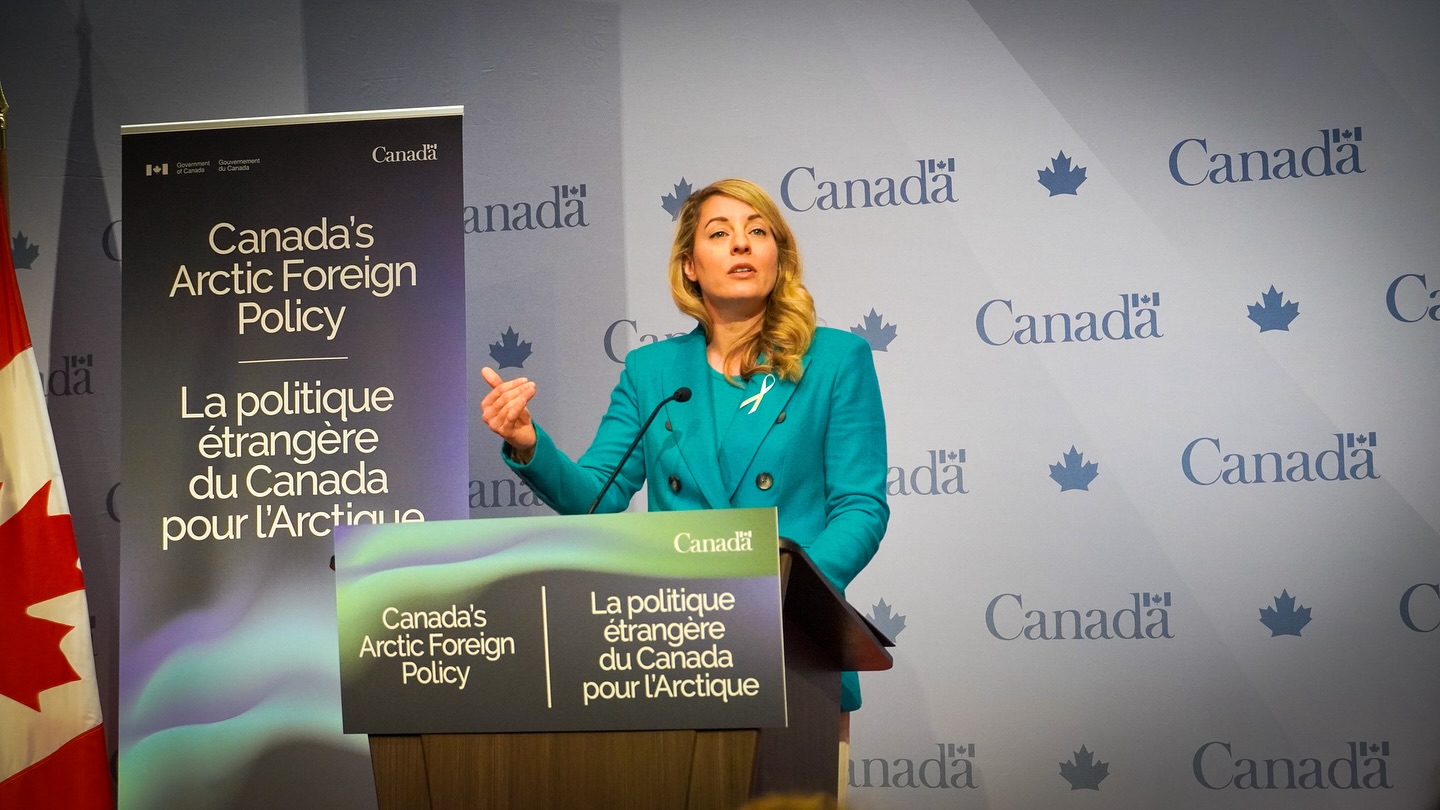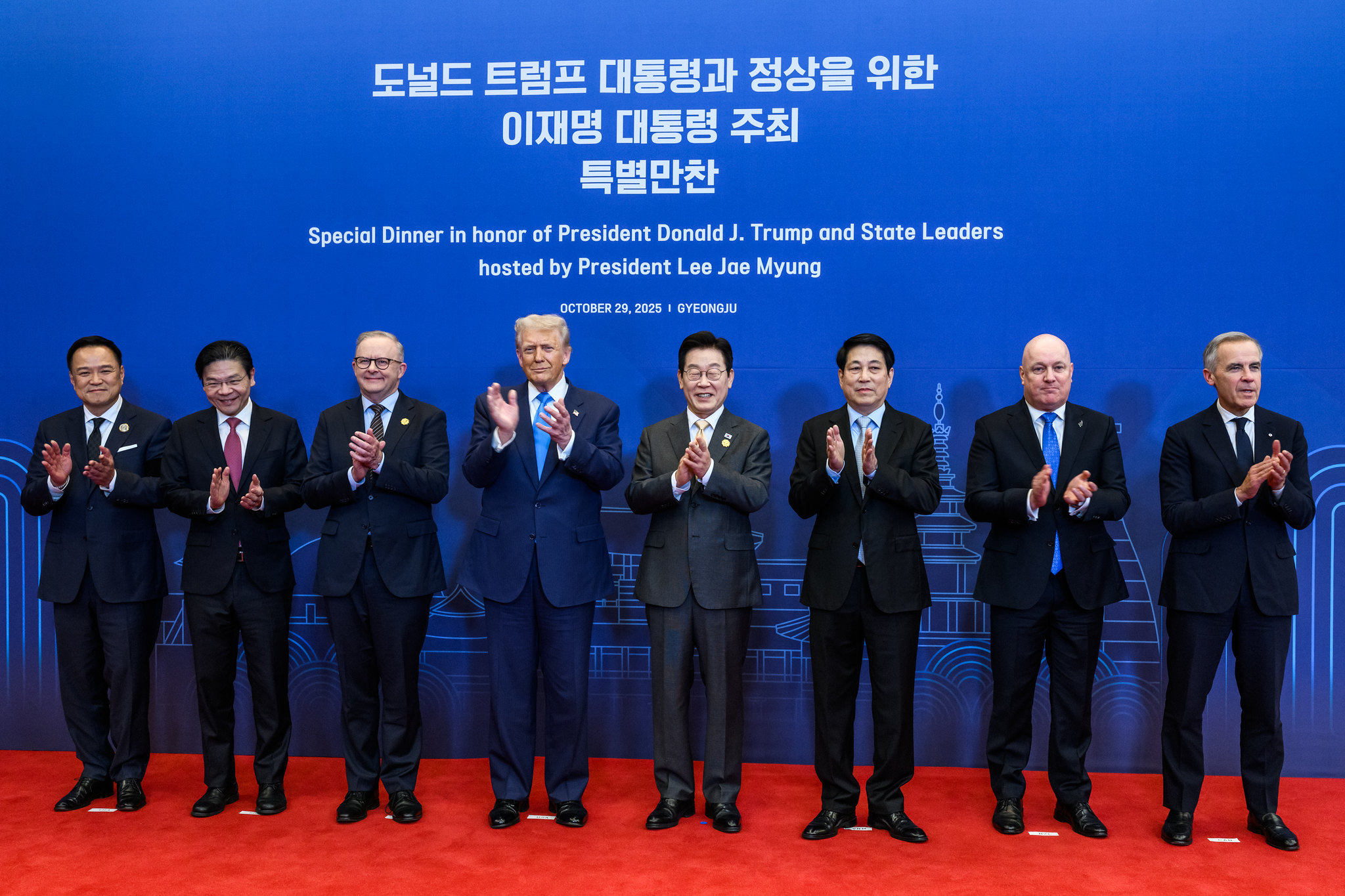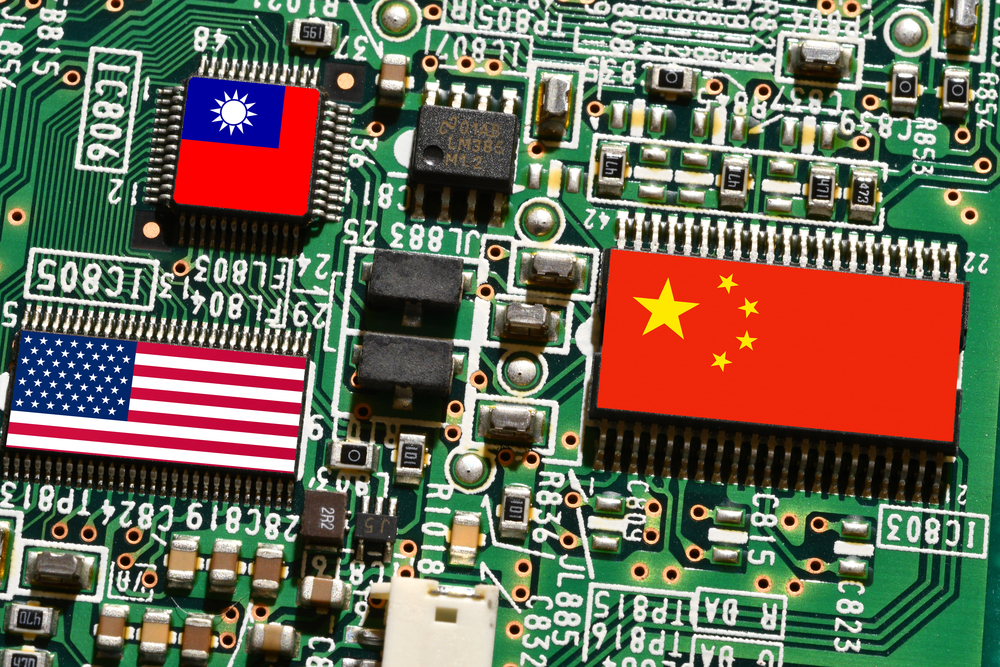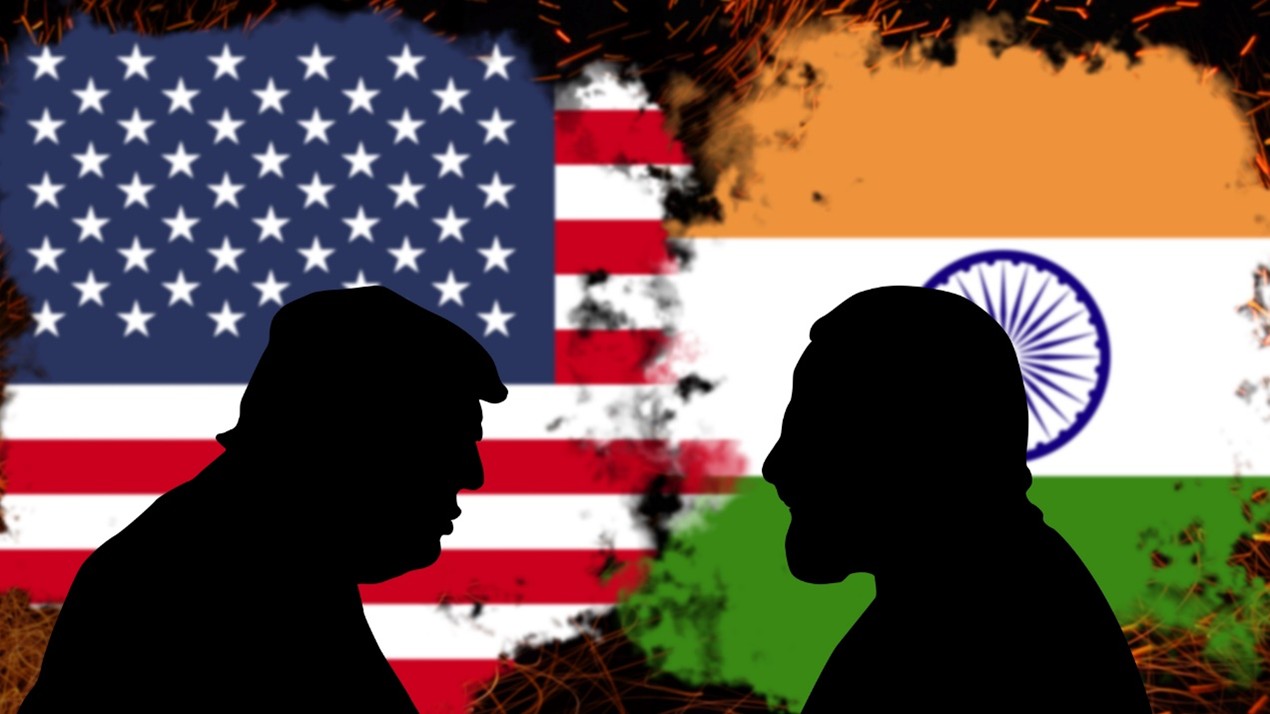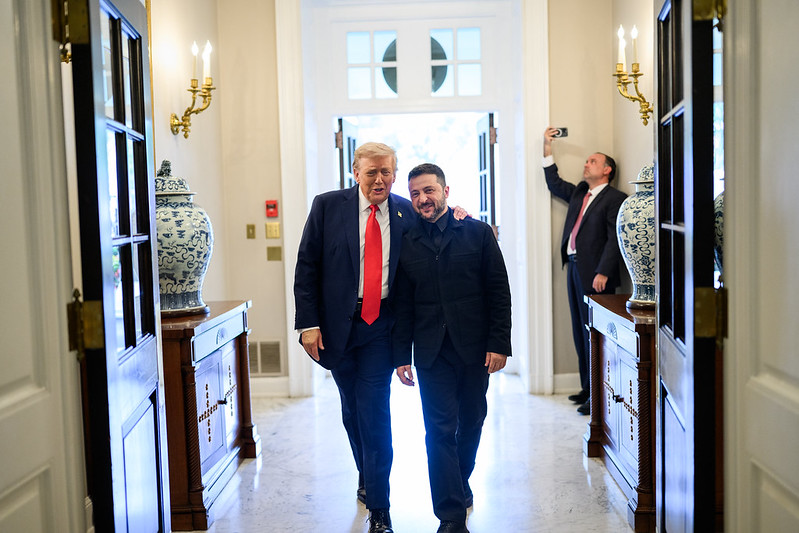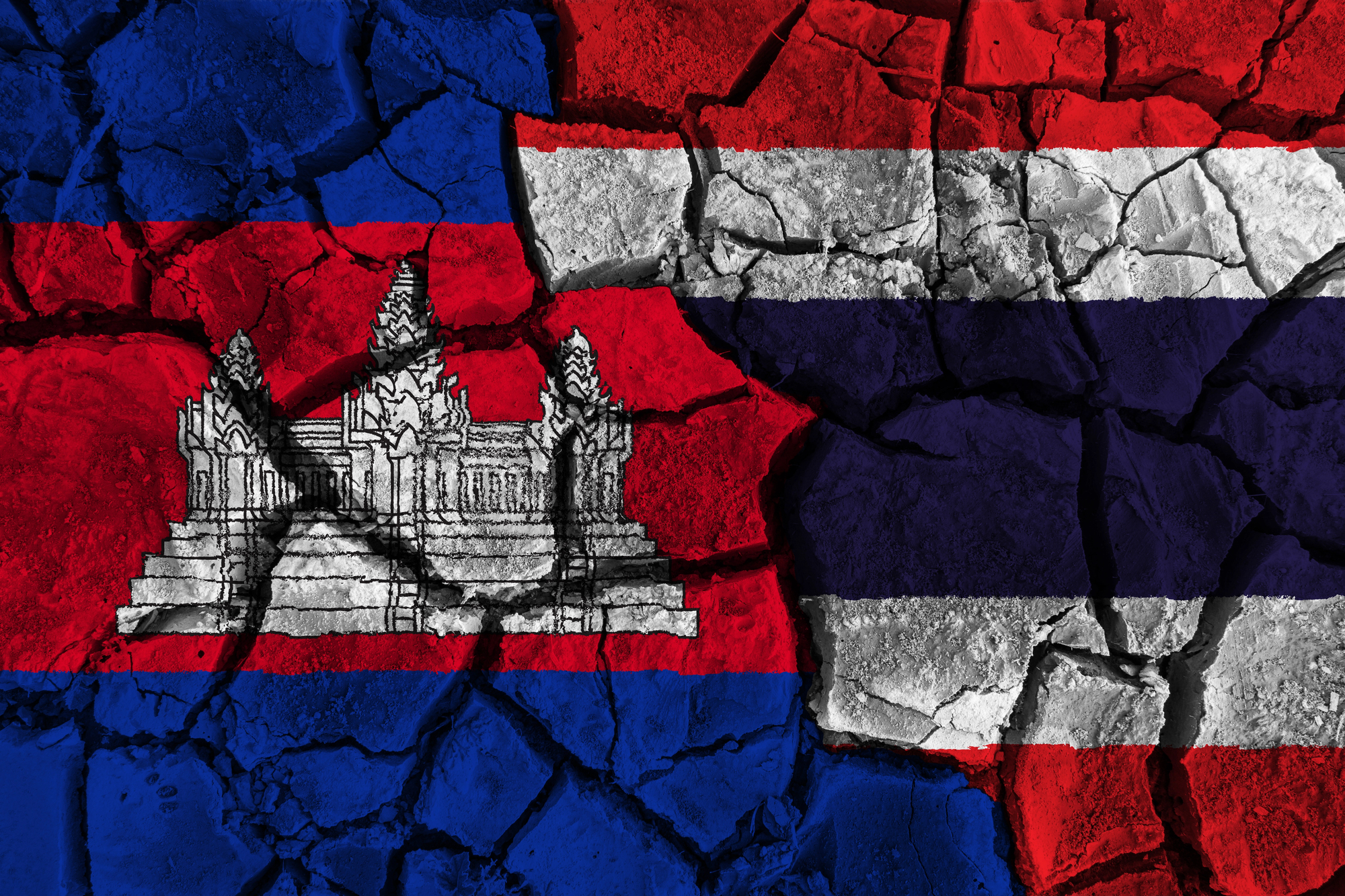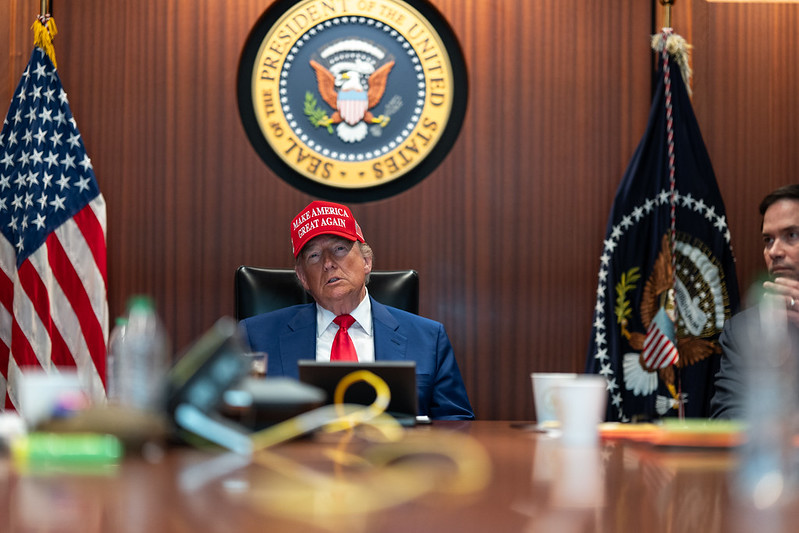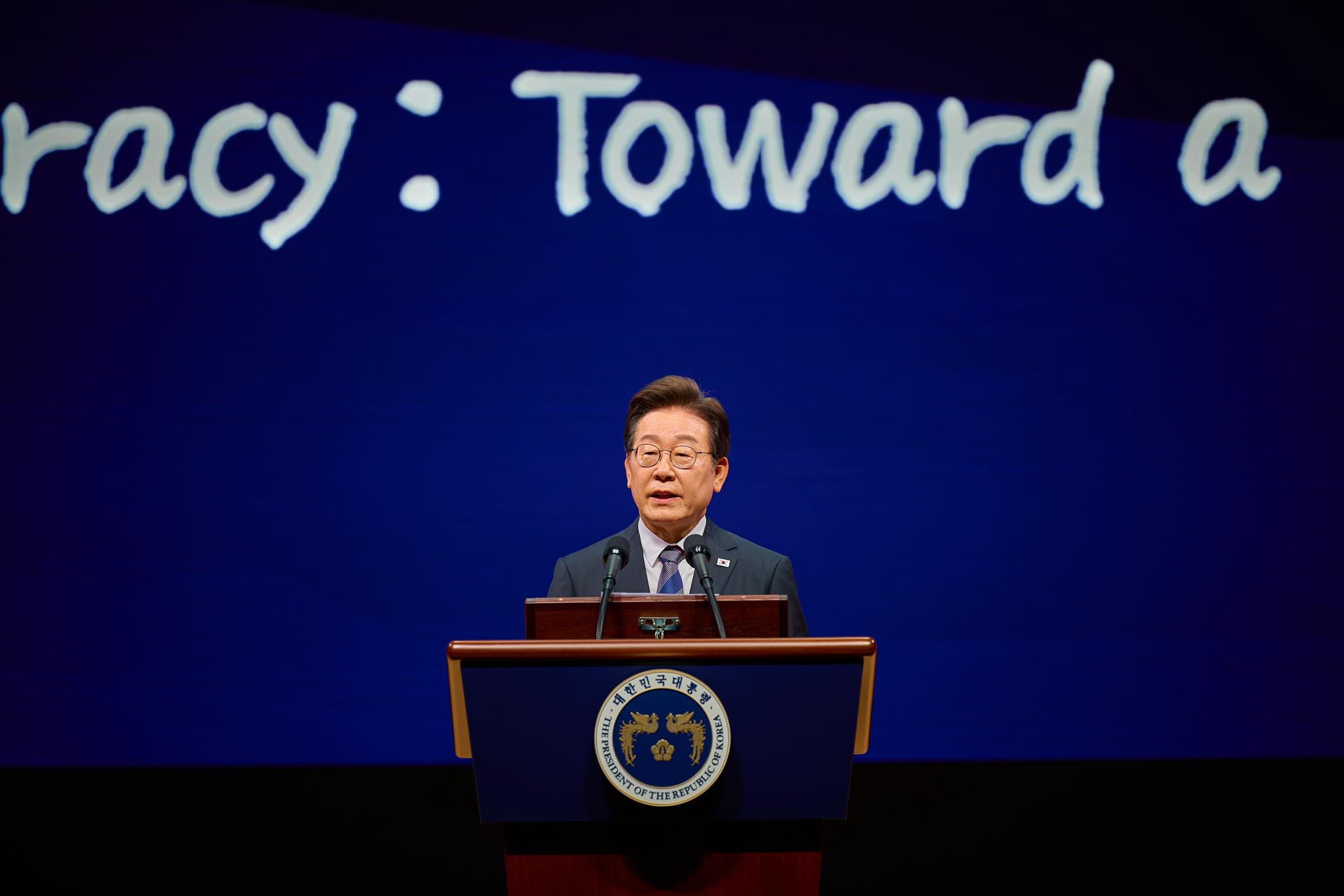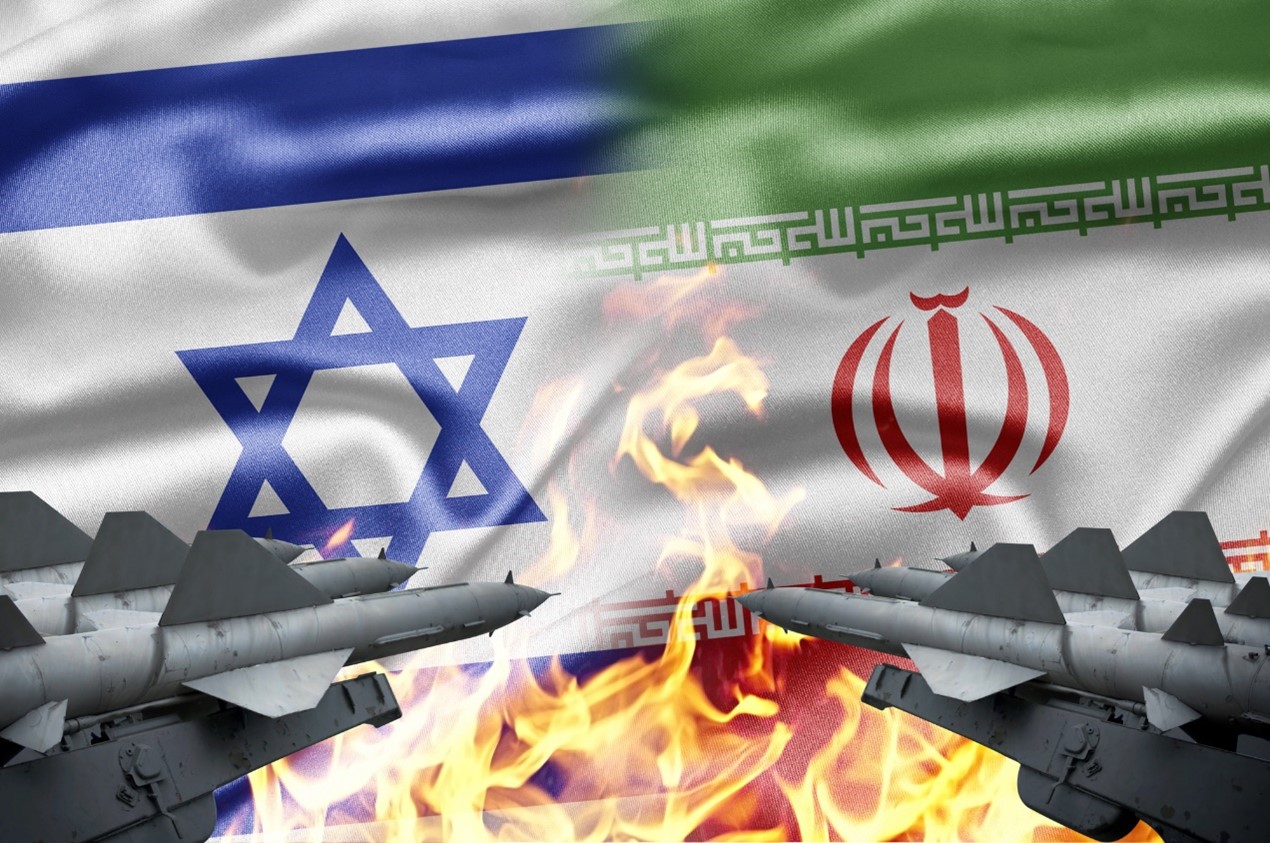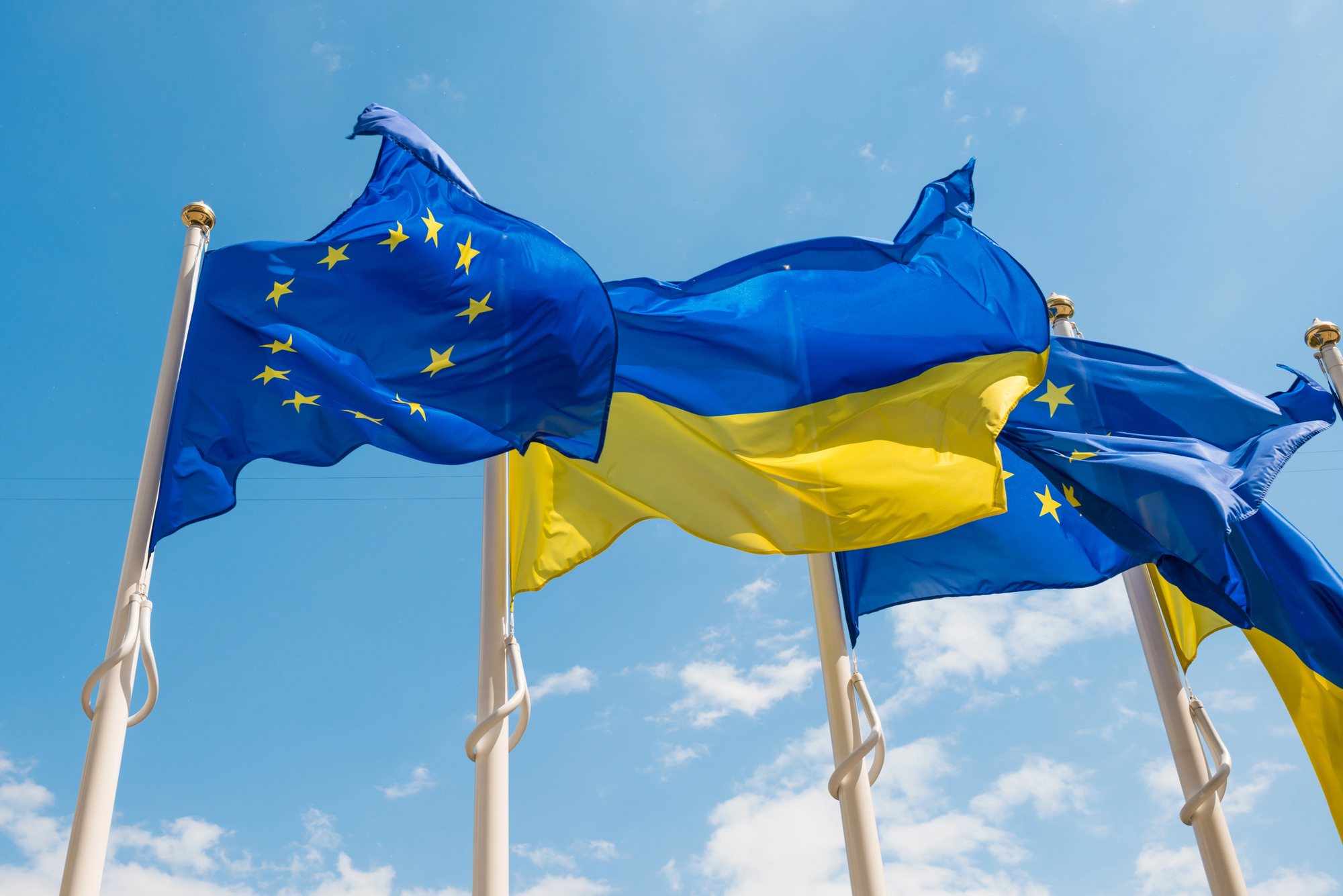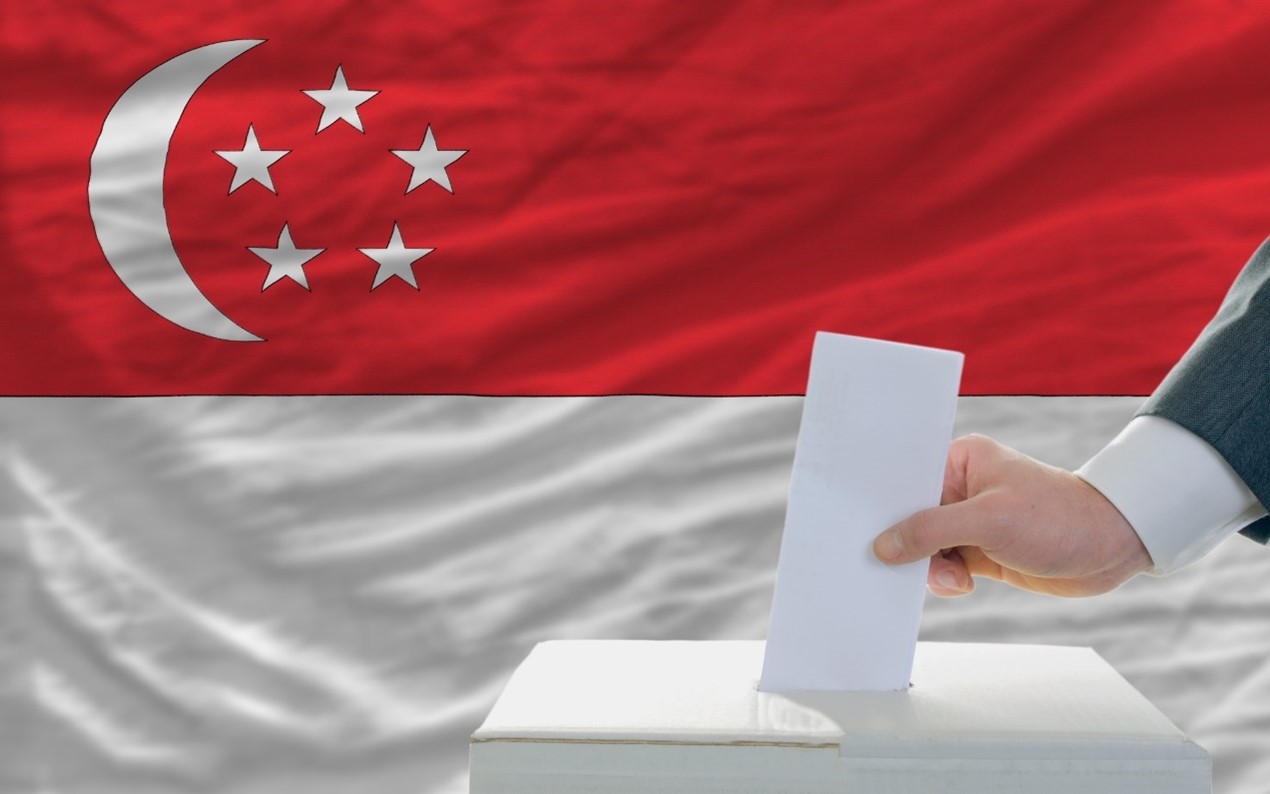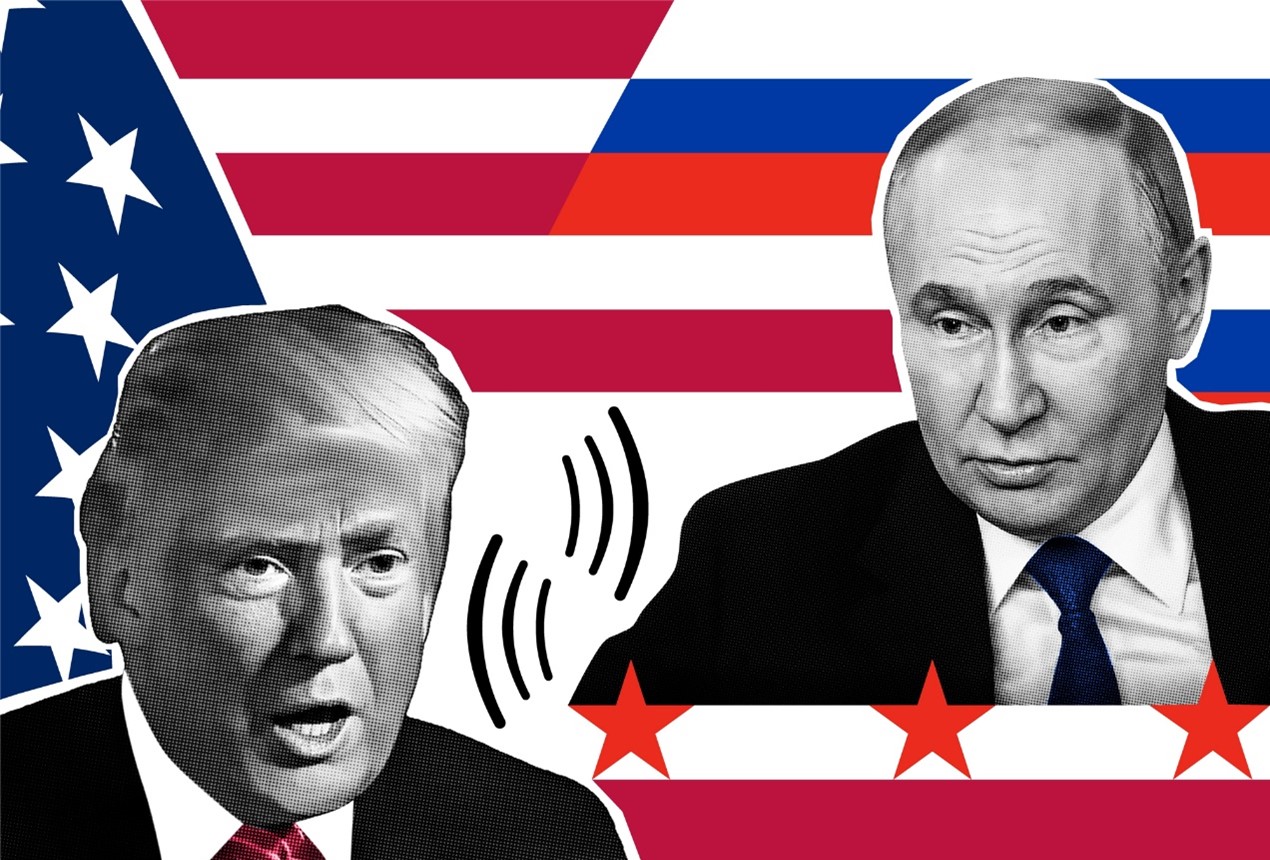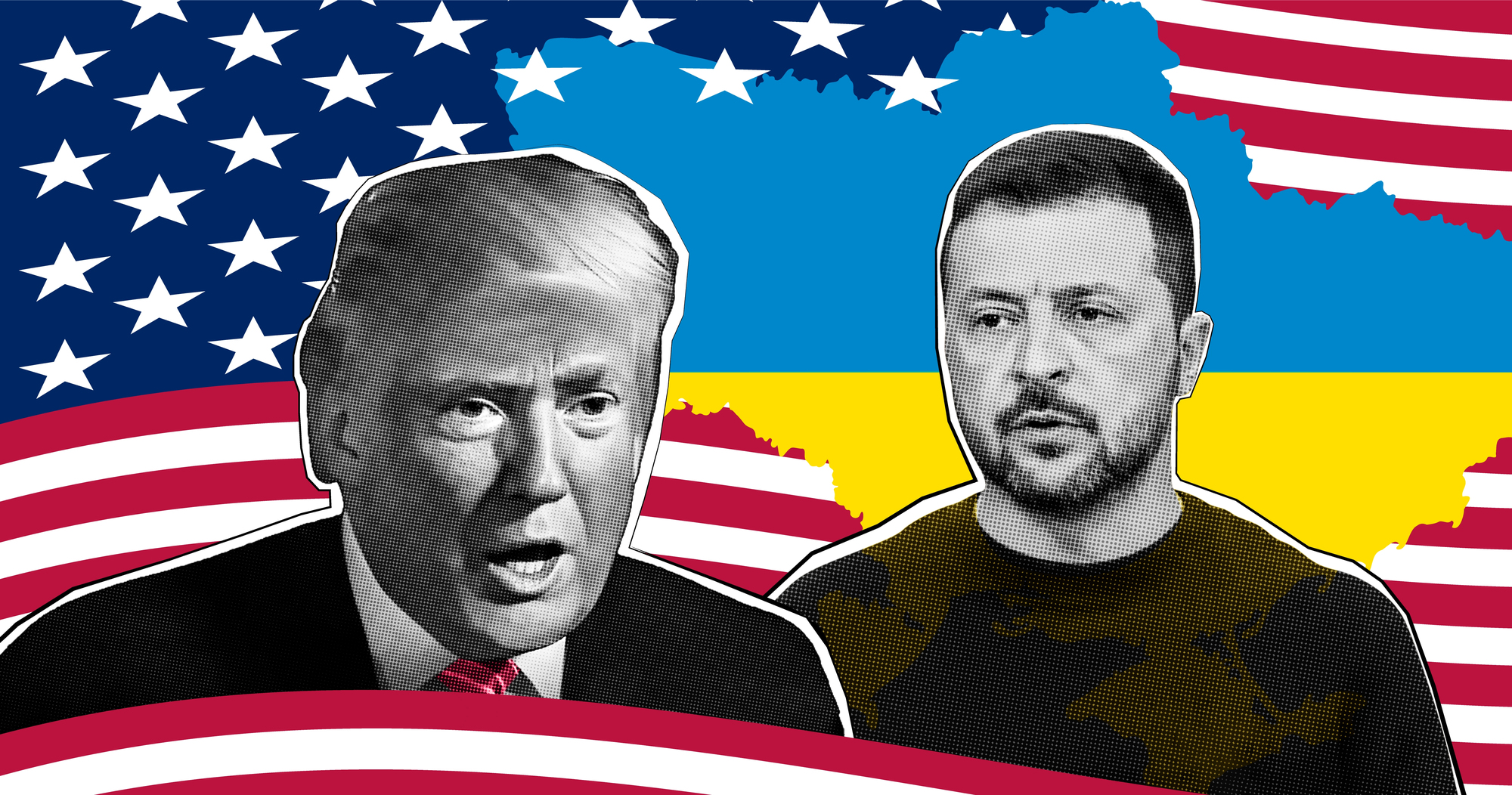Since the assumption of the U.S. presidency by Donald Trump, Canada faces a grave new challenge to Canada’s sovereignty from the south. Canada also faces a looming emerging threat to Canada’s territorial integrity from Russia and China in Canada’s huge and sparsely populated Arctic north. Picture source: Mélanie Joly, December 7, 2024, Facebook, https://www.facebook.com/photo.php?fbid=1125242278959425&set=pb.100044209907435.-2207520000&type=3.
Prospects & Perspectives No. 9
Canada’s Indo-Pacific Strategy after Trudeau
By Charles Burton
Canada is a Pacific nation in community with the Indo-Pacific. Canada’s Pacific coastline facing Japan and northern Asia stretches over 27,200 kilometers. But Canada’s Pacific identity is only one aspect of Canada’s geostrategic positioning. Canada is also an Atlantic nation facing Ireland and the United Kingdom to its east, and therefore a member of the North Atlantic Treaty Organization (NATO). To its south, Canada’s border with the United States forms the world’s longest international border, extending almost 8,900 kilometers. So Canada is a North American nation too. And Canada’s massive northern border faces Russia and Greenland across the Arctic Ocean. So, Canada is, in this regard, in the stirring words of the national anthem, “the True North strong and free!”
Canada comprises the world’s second-largest land mass after Russia, but Canada’s population is just under 40 million people. And despite having so much territory to defend, Canada currently only allocates 1.37% of its GDP to defense. Canada’s disproportionately low military contribution to global security has caused tensions in the Canada-U.S. relationship, particularly as the U.S. is giving more and more strategic priority to meeting the hostile challenge of China’s rise to power.
After U.S. Secretary of State Antony Blinken visited Ottawa in October 2022, a new Canada-U.S. Canada and the U.S. announced a new Strategic Dialogue on the Indo-Pacific “to further align approaches to the region.” The next month, Canada promulgated an Indo-Pacific Strategy. It is a commitment of C$2.3 billion over five years. The C$400-to-C$500 million a year allocated to the Indo-Pacific Strategy falls far short of the amount needed to fulfill even a single promise of the Strategy such as like effectively defending Canada’s Arctic sovereignty against China’s northern forays, or meaningfully helping deter Chinese military aggression against Japan, South Korea and other regional allies. The Strategy includes no explicit statement on where Canada stands on defense of Taiwan’s right to self-determination.
Canada’s Current Defense Challenges and China’s Threat
Since the assumption of the U.S. presidency by Donald Trump, Canada faces a grave new challenge to Canada’s sovereignty from the south because of Mr. Trump’s insistence that economic pressure by tariff measures will lead to Canada becoming “the 51st state.”Canada also faces a looming emerging threat to Canada’s territorial integrity from Russia and China in Canada’s huge and sparsely populated Arctic north. This means Canada, with highly limited stocks of weaponry and military personnel already very thin on the ground, henceforth is unlikely to commit as strongly to support Europe and Ukraine.
The extent to which Canada will collaborate proportionately with like-minded countries to counter Chinese aggression and hybrid warfare measures in the Indo-Pacific in future is presently very much an open question. The QUAD and AUKUS pacts already exclude Canada. That being said, Canada strongly opposes the China’s definition of its maritime rights and interests in the Indo-Pacific region. Under terms of 1970 Canada-People’s Republic of China (PRC) diplomatic recognition, Canada acknowledged the PRC claims Taiwan, but Canada does not accept the PRC assertion that Taiwan is legitimately a province of PRC. Canada also unequivocably upholds the ruling of the Hague Court of Arbitration that the PRC’s claims over South China Sea violate the UNCLOS. Canada supports freedom of navigation in the South China Sea, freedom of navigation in the Straits of Taiwan, freedom of navigation in the East China Sea. Regrettably, Canada’s actions on these matters increasingly consist only of lip-service and virtue signaling, lacking hard power follow-through when challenged. And the China lobby enjoys strong political support in Canada.
The Arctic as Canada’s Defense Priority
Canada’s Arctic makes up about 40% of the national land mass and comprises 75% of its coastlines. But Canada only has a meagre handful of military bases deploying 2,000 local Inuit rangers (who conduct surveillance, and sovereignty patrols) to assert Canada’s national sovereignty over a vast frozen territory that extends over 4.4 million square km.
Beijing is moving to increase its presence in the region with its “Polar silk road” initiative to connect the world’s three major economic centers — North America, East Asia, and Western Europe — through the Arctic Ocean, which is becoming much more readily navigable due to global warming (which is more felt in the Arctic than anywhere else on the planet). China’s 2018 Arctic policy paper declared China a “Near Arctic State.” China has an active program of ice breaker development, starting with the Xue Long (雪龍) series. In recent years, Canada has found Chinese monitoring buoys in Canadian waters. China has engaged in extensive“scientific missions”to map the Arctic Ocean floor. Experts believe China has already mapped more square kilometers of the Arctic Ocean floor than Canada.
The Justin Trudeau government made the Arctic region a focus of its defense policy update last year pledging to buy up to 12 under-ice capable submarines and establish an undersea network of surveillance sensors. Mr. Trudeau will not run in the next Canadian federal election. Opinion polls suggest strongly that Pierre Poilievre, the Conservative Party leader, will assume the prime ministership later this spring. Mr. Poilievre has said that he would complete the submarine purchase and other Liberal government commitments to defense, including modernizing the North American Aerospace Defense Command (NORAD). Poilievre has committed to building at least one new military base, double the number of rangers to 4,000, and buy two more polar icebreakers.
As Mr. Poilievre said when he made his announcement of the above, “The Canadian Arctic is under threat. Hostile powers want our resources, our shipping routes and to be within striking distance of our continent. Our safety, territory and trade with the US requires we take back control of Canada’s North.”
The Future of Canada’s Indo-Pacific Strategy
The Indo-Pacific Strategy promises an additional Canadian warship deployment to the region, and this promise will probably be kept. We can expect Canada to continue periodically conducting surveillance operations to identify ship-to-ship transfers of fuel and other commodities banned by United Nations Security Council (UNSC) resolutions against North Korea, as well as operations against illegal fishing. However, as Canada increases defense spending to meet Trump administration demands, Canada will focus its contribution to deterring Chinese (and Russian) expansionist violations of international law and state sovereignty on the Canadian Arctic, not on the maritime territory near Asia-Pacific nations.
(Charles Burton is a former diplomat at Canada’s embassy in Beijing; senior fellow at Sinopsis.cz; and a member of the Taiwan-based Doublethink Lab’s China in World Global Index Committee.)


